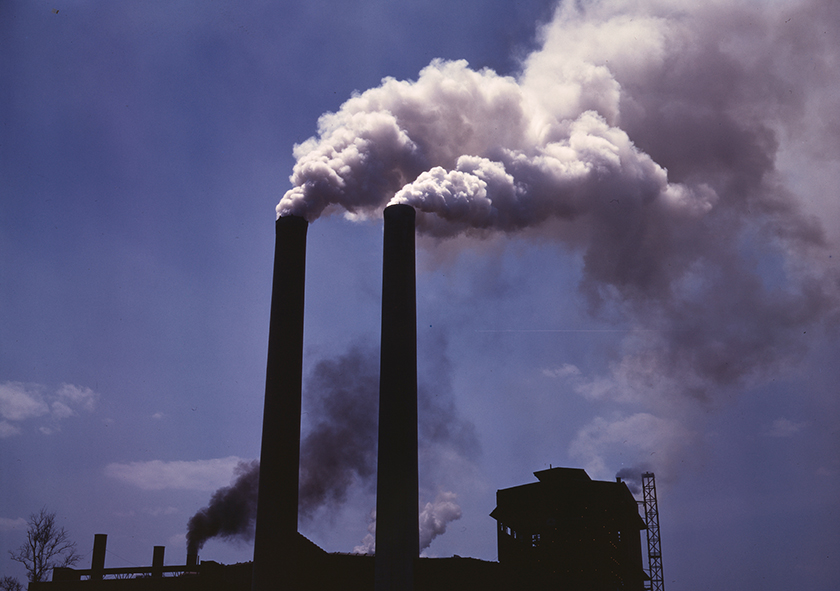High school student makes history

“When I went to my first science fair, I noticed I was the only African American student. I decided not to let that get in my way,” Darrell Tubbs said.
Darrell was one of the first African American males from Detroit, Michigan to compete in a science fair at the national level. His project focused on the air quality in his local community. He came up with a way to find out what makes up the pollution.
He is hopeful that his research can inspire change. “Now we can bring it to people’s attention in order to address the problems,” he said. Maybe the manufacturers can come up with better solutions to run their machines rather than fossil fuels, he said.
“Darrell’s project is actually meaningful,” explained Sonja Ross, his high school chemistry teacher.
At school, he kept quiet about his science work because he knew none of the other kids were interested. “I just stuck with it and tried to excel,” he said.
Don’t be discouraged just because no one in the science fair world looks like you.
The summer before his junior year of high school at Cass Technical, Darrell was studying nanoparticles in an environment and public health lab at the University of Michigan. That’s where he started developing his research project, even working with graduate students. The high school tries to send students to the university during the school year or summer.
Now, Darrell studies chemistry as a freshman at the same university where he first started his project. He said chemistry is a challenge, and it’s “awesome to learn how you can really change the world.”
Join the Society today to help other young scientists research ways to improve the future!
In high school, Darrell found support in his chemistry teacher. Sonja, the school’s competition coordinator, mentored Darrell to help him prepare for the local science fair. She was the first teacher to suggest he enter a science fair. Darrell competed in the Science and Engineering Fair of Metropolitan Detroit as a junior and senior, and won first place as a senior.
“It’s a totally different animal when you’re competing or just in the lab,” she said. “You have to do extensive research, look into prior research that’s been done on your topic. Your research has to drive your experiment.”
It’s awesome to learn how you can really change the world.
It can be a good idea to research “something fresh that no one has touched on,” Sonja said. Then, when the science fair judges ask where a student found their topic, they have a unique answer.
Sonja spends a lot of time teaching her students how to best deliver their presentations to judges. She judged science fairs for years, so she has insight into what they might ask.
“He should know his project like the back of his hand,” said Sonja, who called Darrell an extremely driven student. “Not only was he an athlete, he was academically involved. He did a wonderful job representing our school.”
People think young, black male students are just good at sports, Darrell said. So he encourages others to go against the stereotype: “Excel at it, and don’t ever let anything restrict you because of your color.”
Now we can address the problems [of pollution].
“Don’t be discouraged just because no one in the science fair world looks like you. Stand tall and defend your project,” he said.
When Darrell qualified for the Society’s Intel International Science and Engineering Fair (Intel ISEF), Sonja was in awe. “We were like a team, we really worked hard,” she said. “It’s almost like the Olympics.”
Sonja is very proud of her former student. “Darrell set an example that we want to remember years on,” she said. “He made history.”


